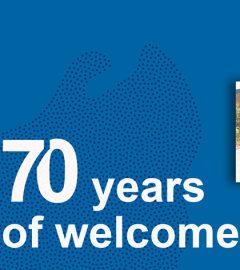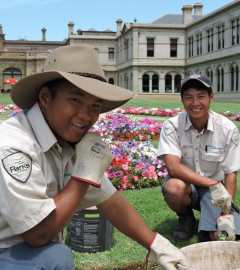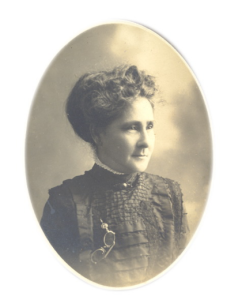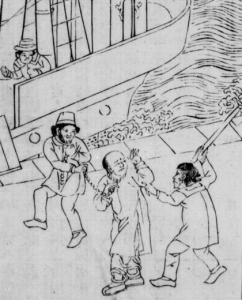A new perspective on Queensland’s early Chinese residents
By Pamela See
According to Pugh’s Almanac, 175 years ago Chinese labourers arrived in Moreton Bay – and a plucky would-be pioneer, Mr July Davidson, may have been among them.
One of his descendants, Mrs Sharon Windle, said, “I’ve managed to find a few bits and pieces.
“Some information has been provided to me by another descendant.”
Judith McGarry is the “granddaughter of Augustine Sim (nee Smith), daughter of July” who was “born to another woman before [his] marriage.”
“Both of us only realised we were July’s descendants after doing DNA tests for other reasons and found we have some Chinese ethnicity,” explains Mrs Windle.
“I know July and Ellen worked in a hotel near Wivenhoe… but so far haven’t been able to obtain any photographs.
“He was from Amoy… I would like to find out which ship he was on,” said Mrs Windle.
Reflecting his 1850 arrival in Queensland, it’s likely that her ancestor was one of 138 Chinese labourers to have survived a three-and-a-half-month voyage from Amoy to Sydney on the barque The Cadet.
108 would form the first consignment to Queensland, which was delivered on the schooner The Favourite on 11 May 1850.
In his article for The Queenslander on 24 March 1917, Mr William Clark stated that the “Chinese shepherds” were housed the in Stanley Street, present day South Bank.
In response to their “frequent conflict[s]” with “convict expirees”, “the authorities insisted” on their “proceeding” to Darling Downs via Ipswich.
Although, there were accounts from proprietors of sheep stations suggesting the immigrants to be “equally intelligent and hardy”, their movements could be traced through their brushes with the law.
Notably, figures released from the Quanzhou Municipal Bureau of Culture suggest that the majority of these emigrants originated from the region close to the port of Amoy.
Many were victims of “The Pig Trade”, which was led by British merchants who offered financial remuneration for the provision of contractees.
With the abolition of African slavery gaining momentum across the colonies, the British turned to Asia to meet labour shortages.
This in turn led to the post-Opium War Hokkiens being coerced, by way of physical torture, or kidnapped and placed in barracoons prior to departure.
Within months of Mr Davidson’s marriage to Ellen Russell on 11 May 1864, the pair appeared in the Ipswich Police Court for absconding from the services of Publican Thomas Birch from Wivenhoe.
July had evidently been in pursuit of unpaid wages.
Mr Davidson’s next appearance in court was in 1865, after being “maliciously assault[ed]” while “selling fruit” using “baskets hung from a pole” at Three-mile Creek.
He also provided a witness testimony as a “shepherd residing in Coondarra” in a larceny trial in 1877.
Mrs Windle said, “My husband and I both grew up in Warwick.
“I knew the property Canning Downs as I went to high school with the daughter of the property manager at the time [which was] around 1974-1976.
“I had actually stayed out there a number of times,” said Mrs Windle.
There is an account of “the Chinese” at the station expressing their dissatisfaction about an inequity in wages by breaking their “cast-off shears” in 1852.
However, “We believe July took the name of his employers – so maybe they had a good relationship,” said Mrs Windle.
In 1854, Mr Gilbert Davidson bought the property from his cousin George Leslie, son of Mr William Leslie.
Mr William Leslie was married to Jane Davidson, and became a partner of the British Canton-based Dent & Co.
It was originally called W.S Davidson & Co, prior to the departure of Mr Gilbert Davidson’s father: Mr Walter Stevenson Davidson.
Between 1867 and 1876, Mr July Davidson and his wife Ellen would have six children.
“July (who died as an infant), Julia, John, Eizabeth [also known as Lottie], William and Dave [also known as Augustus],” said Mrs Windle.
Augustus “Caeser Davidson” was Mrs Windle’s great grandfather.
After having lived “principally in Ipswich and Charleville districts cooking “, Mr Davidson was admitted to the Dunwich Benevolent Asylum on 5 February 1889 with “senile decay”.
Records indicate that his family took him on several “leaves of absence” prior to his death on 19 July 1901.
He was 77 years of age.
The life expectancy for males in 19th century Australia was just over forty-two years.














